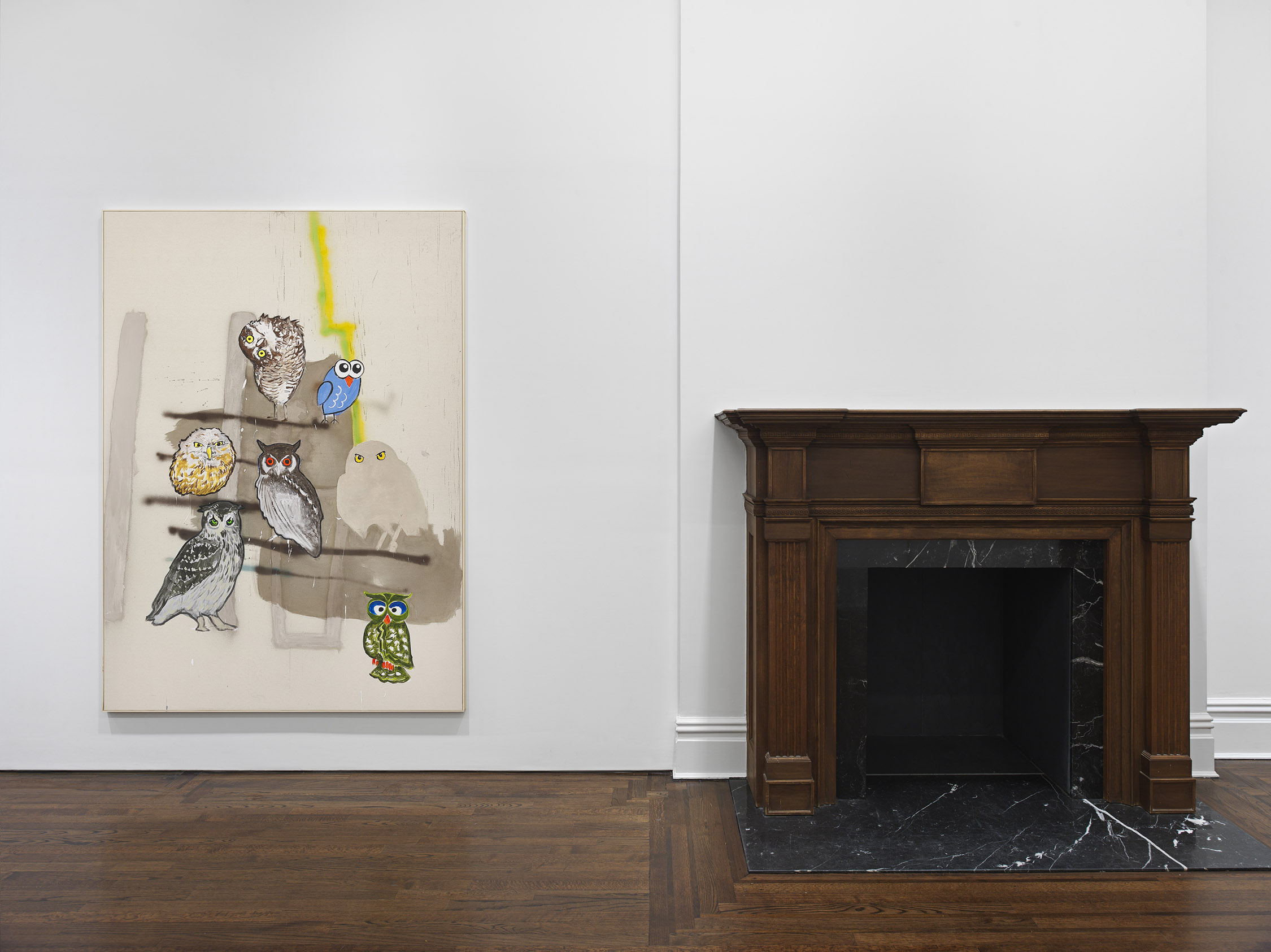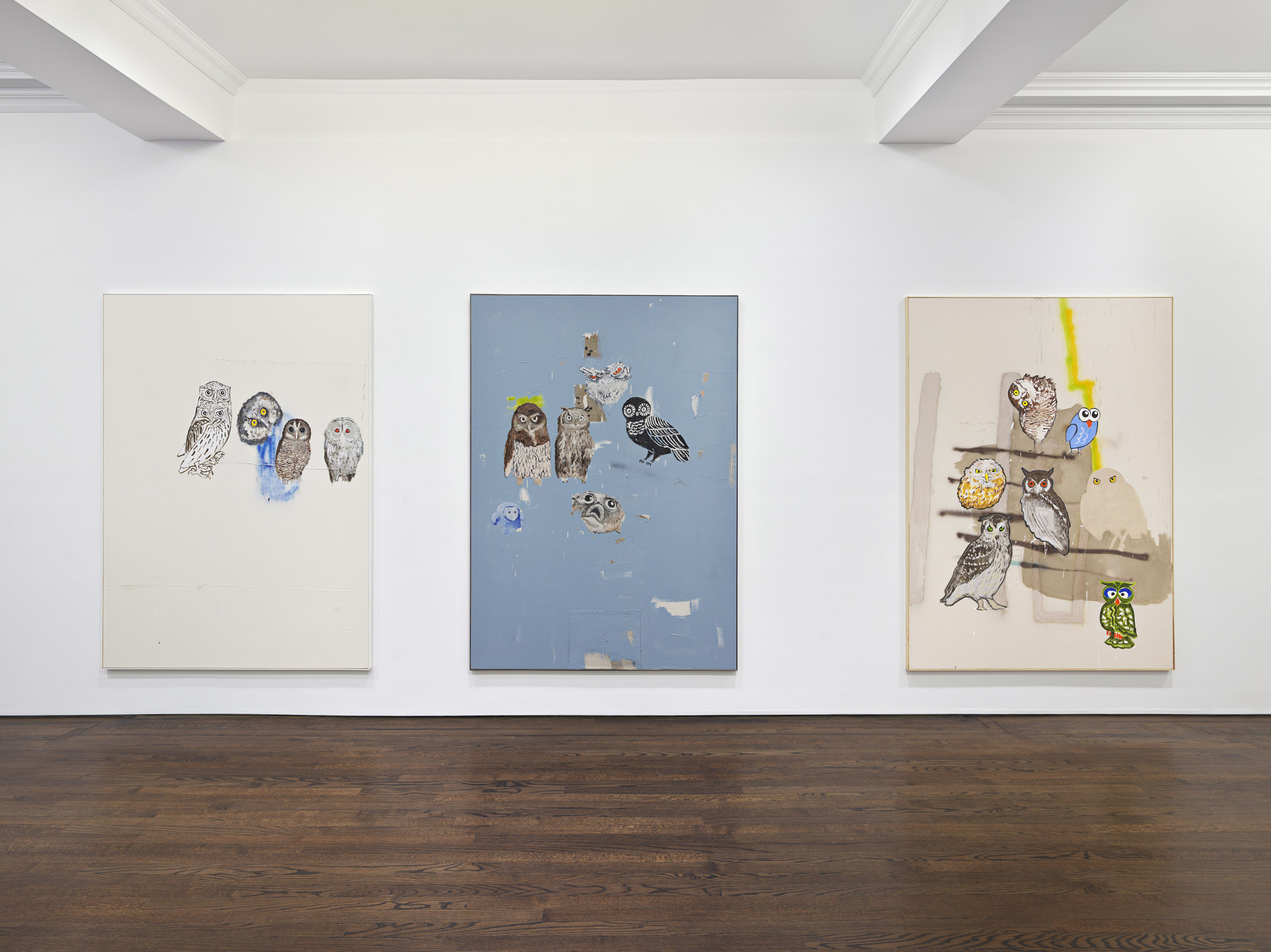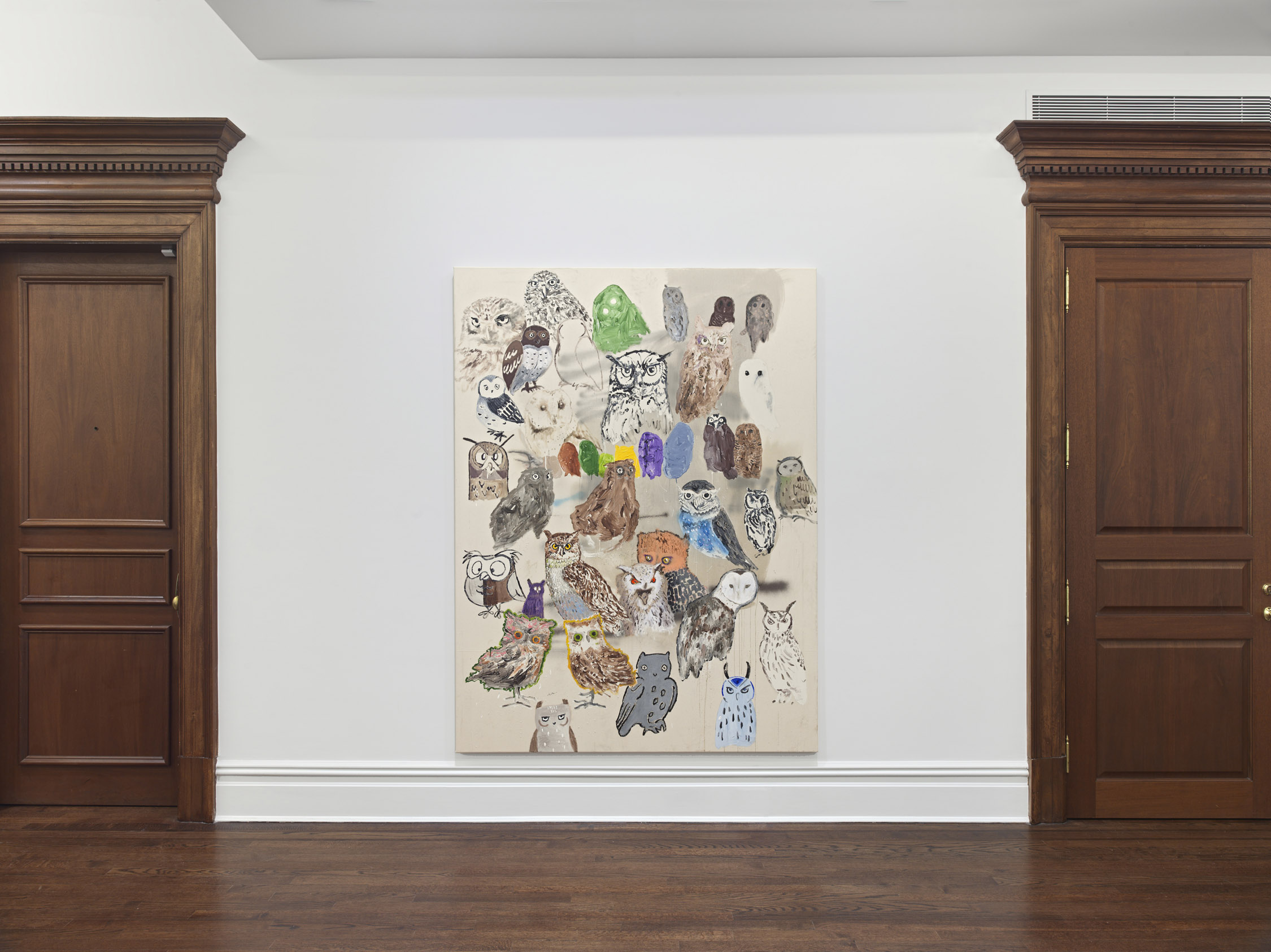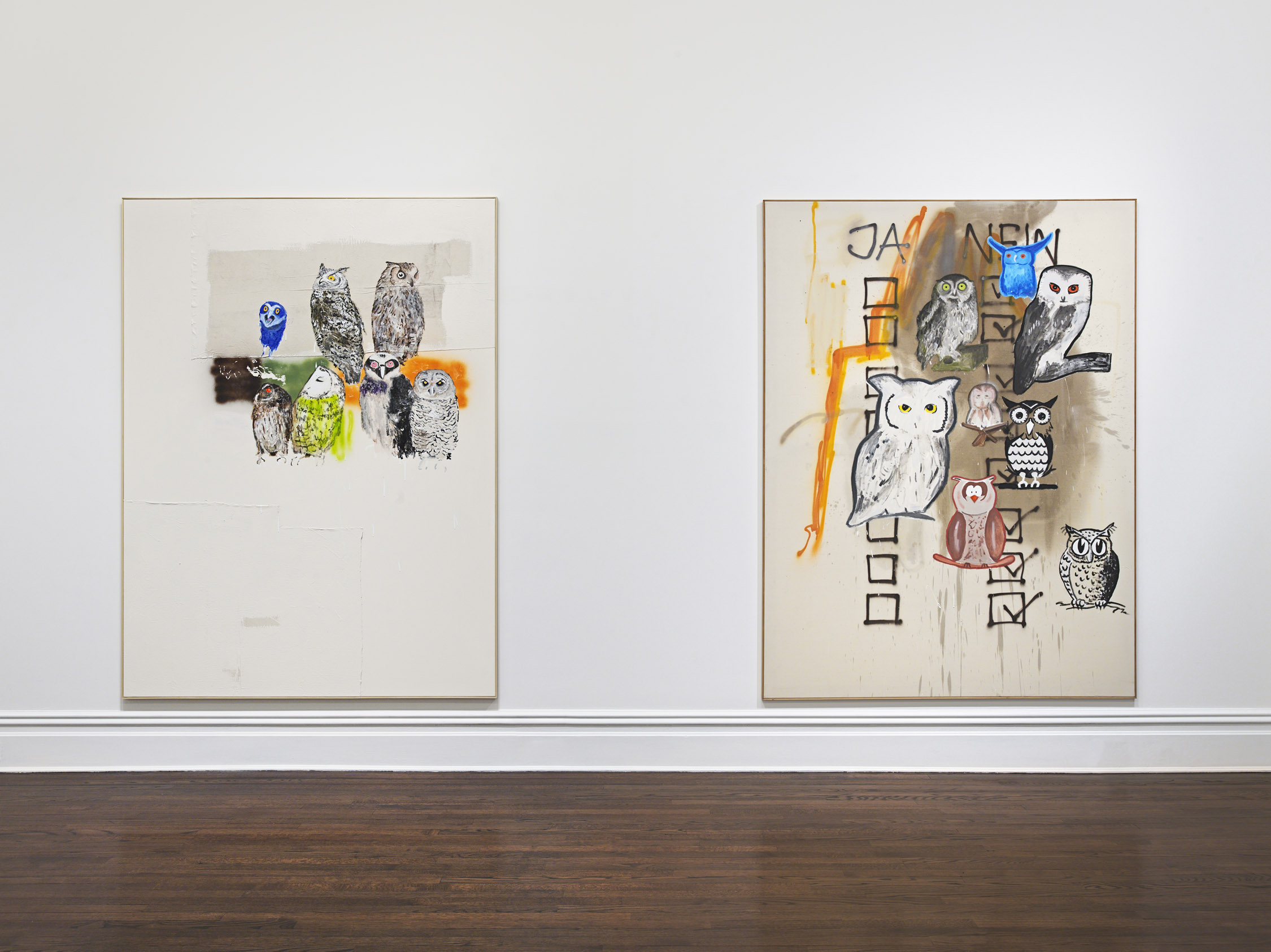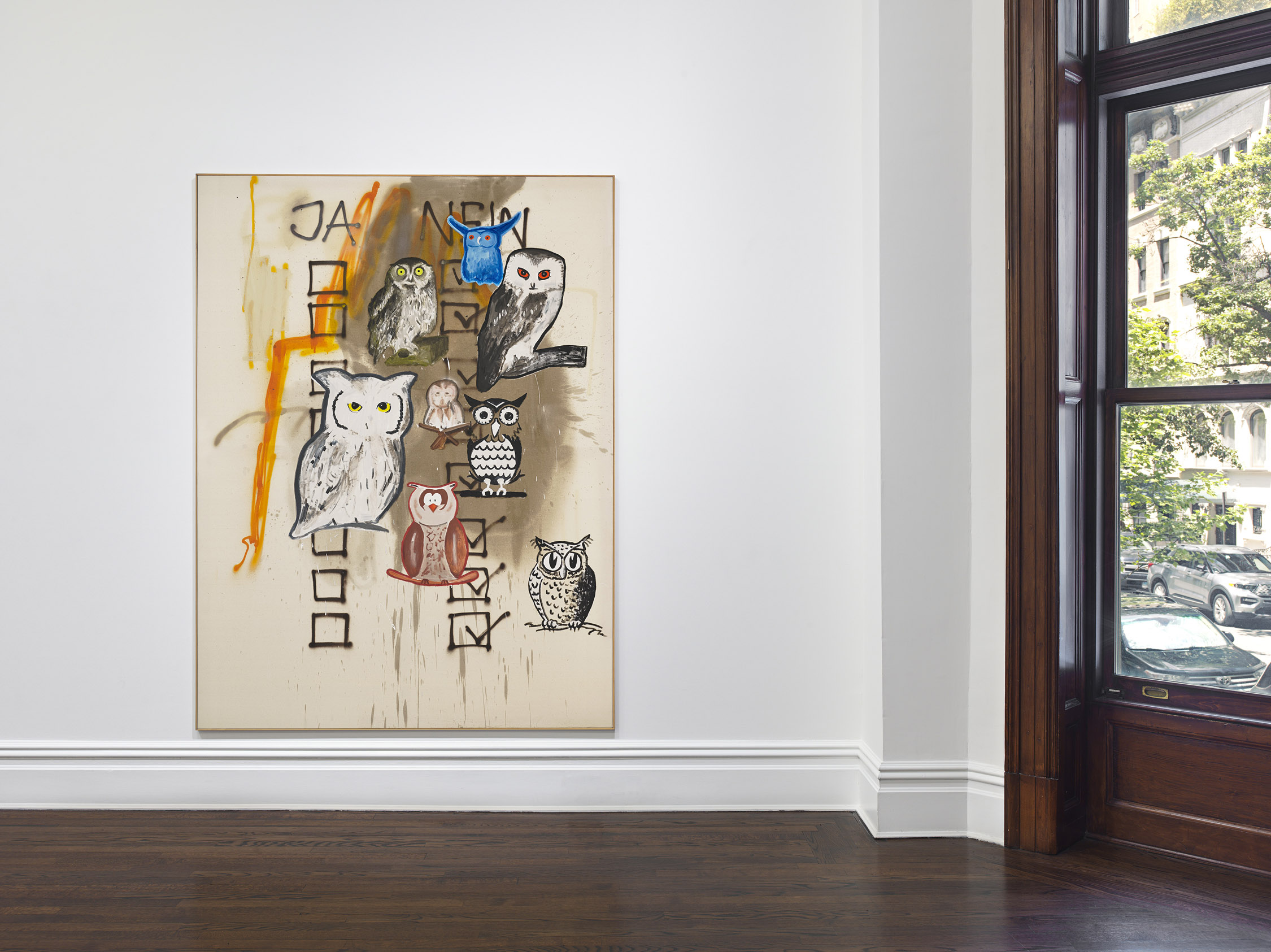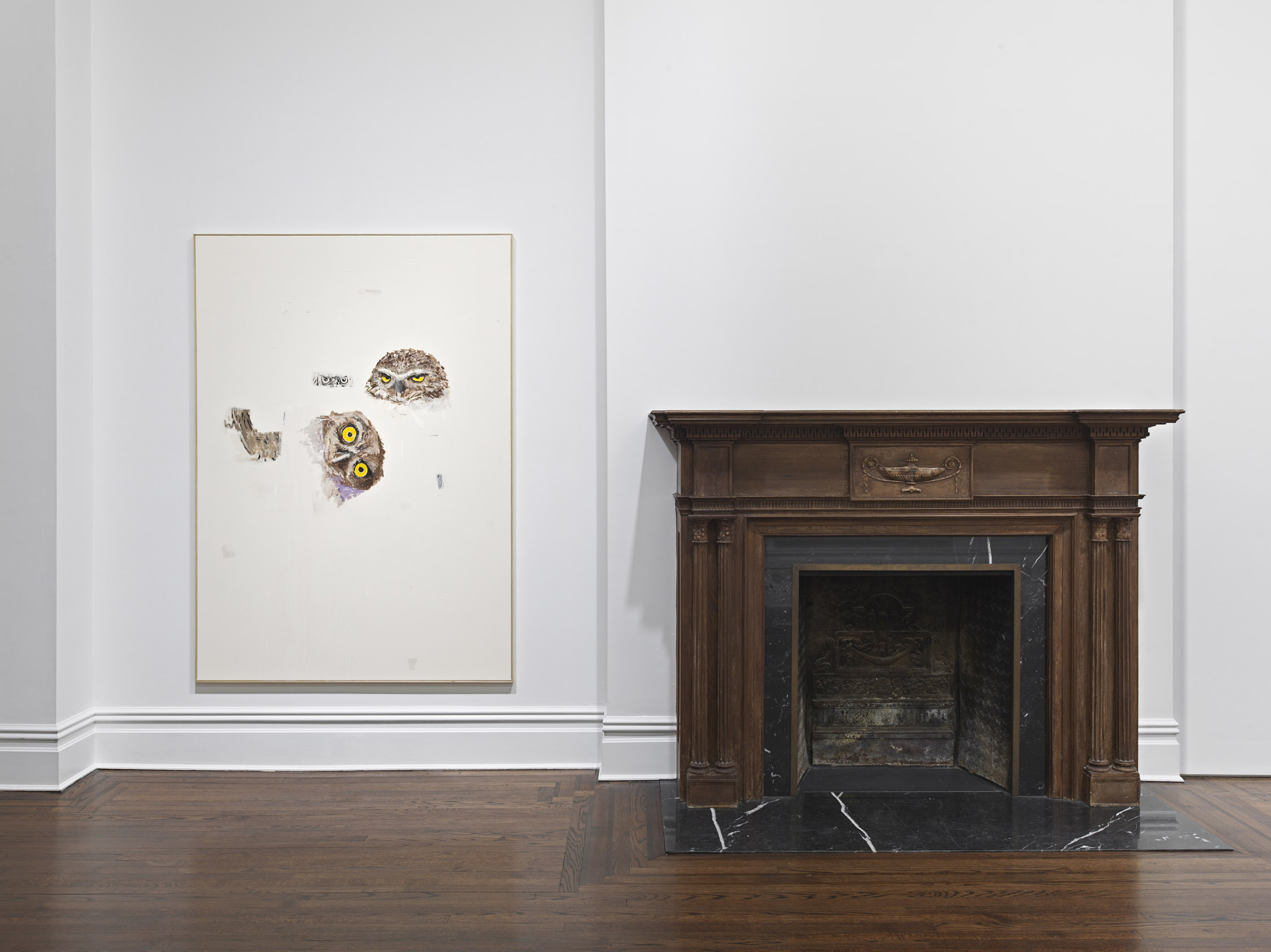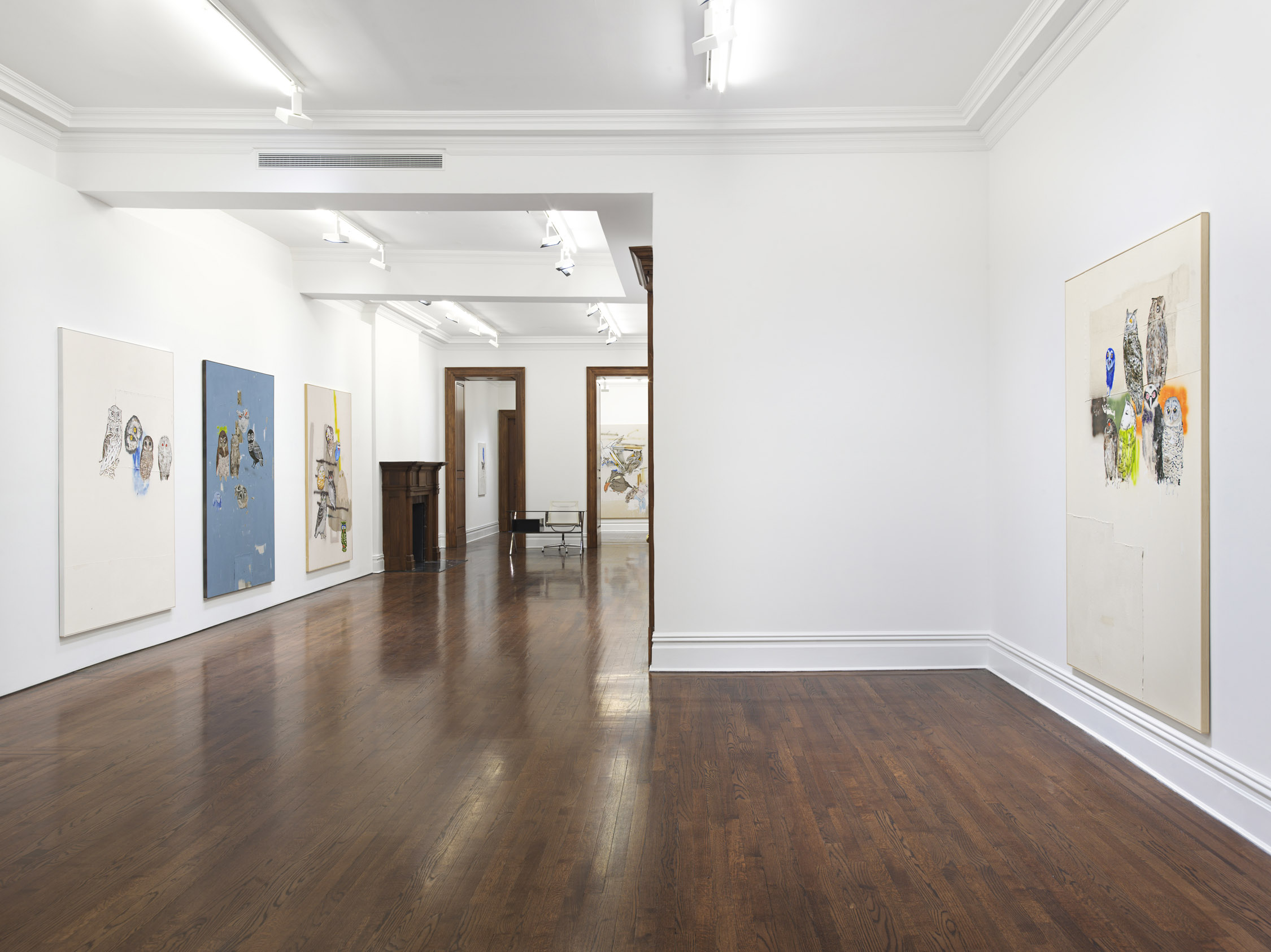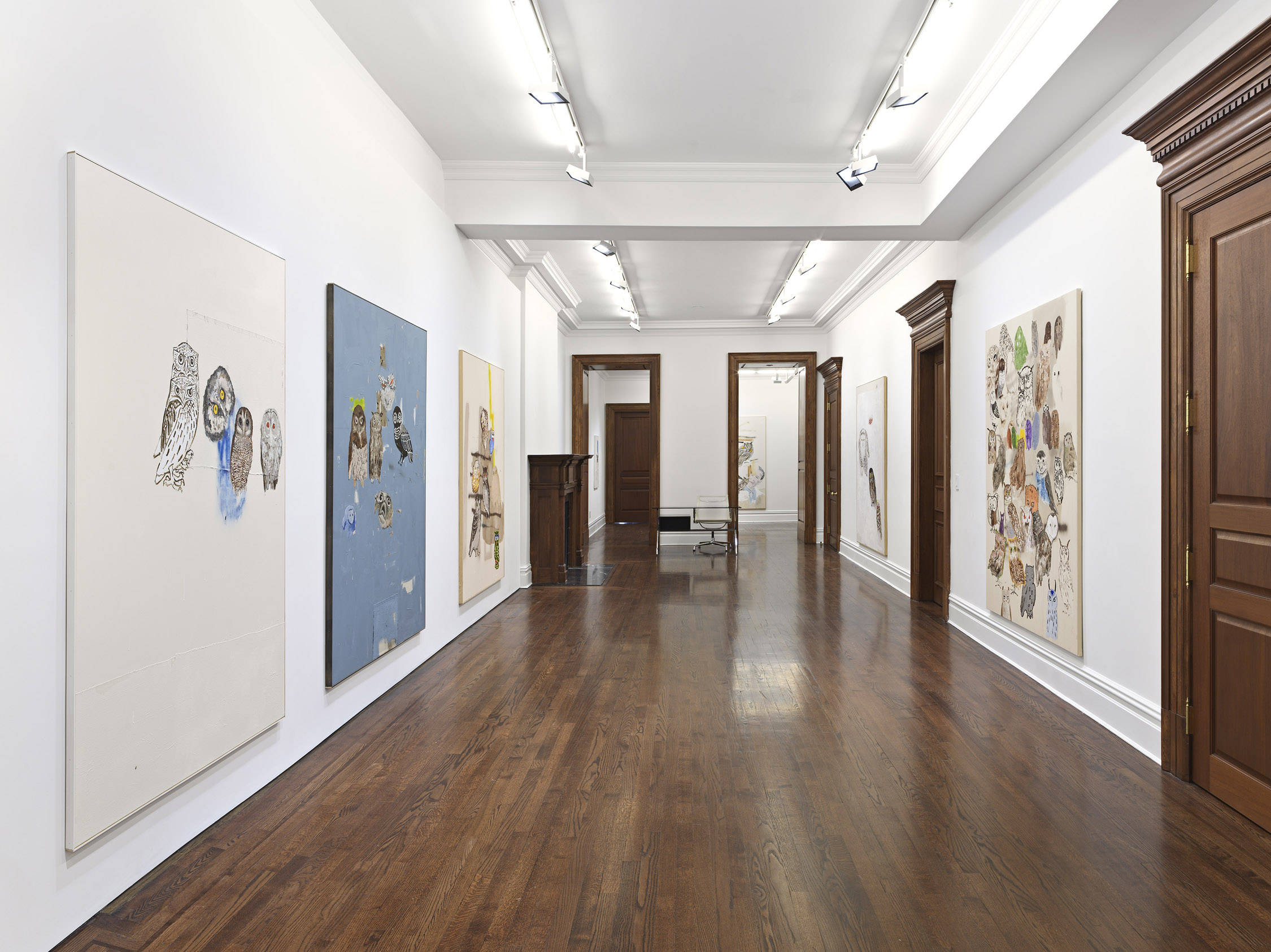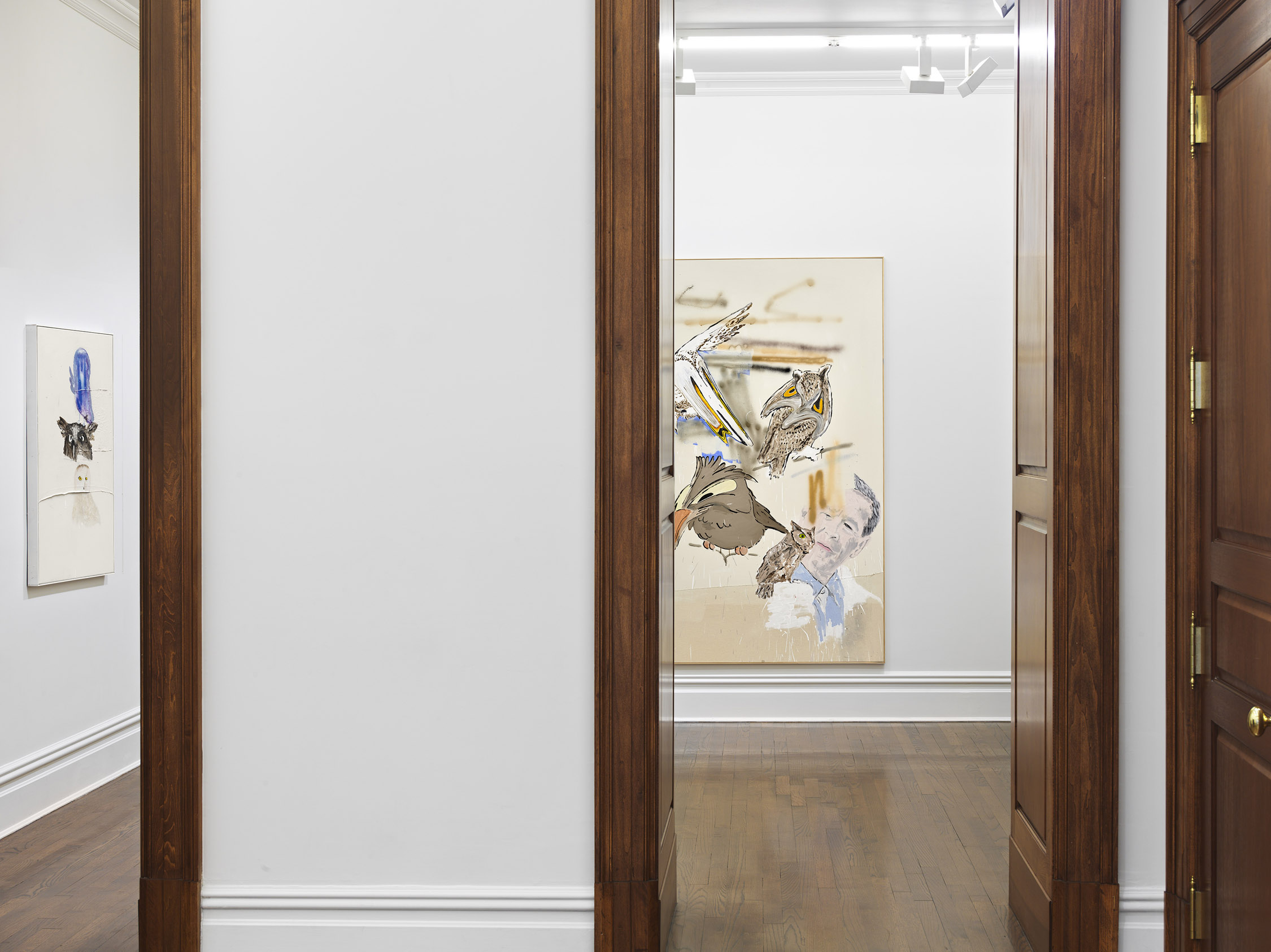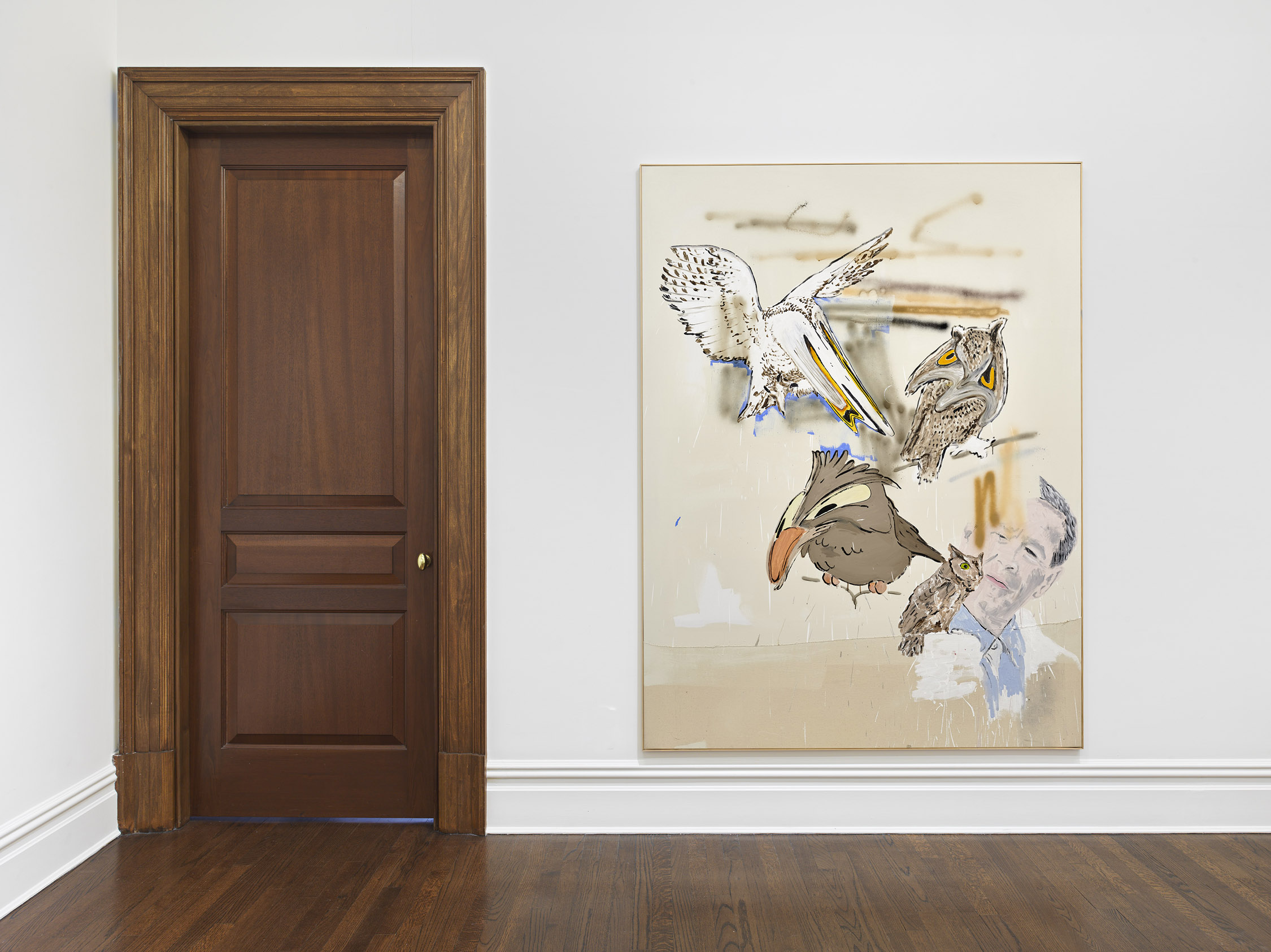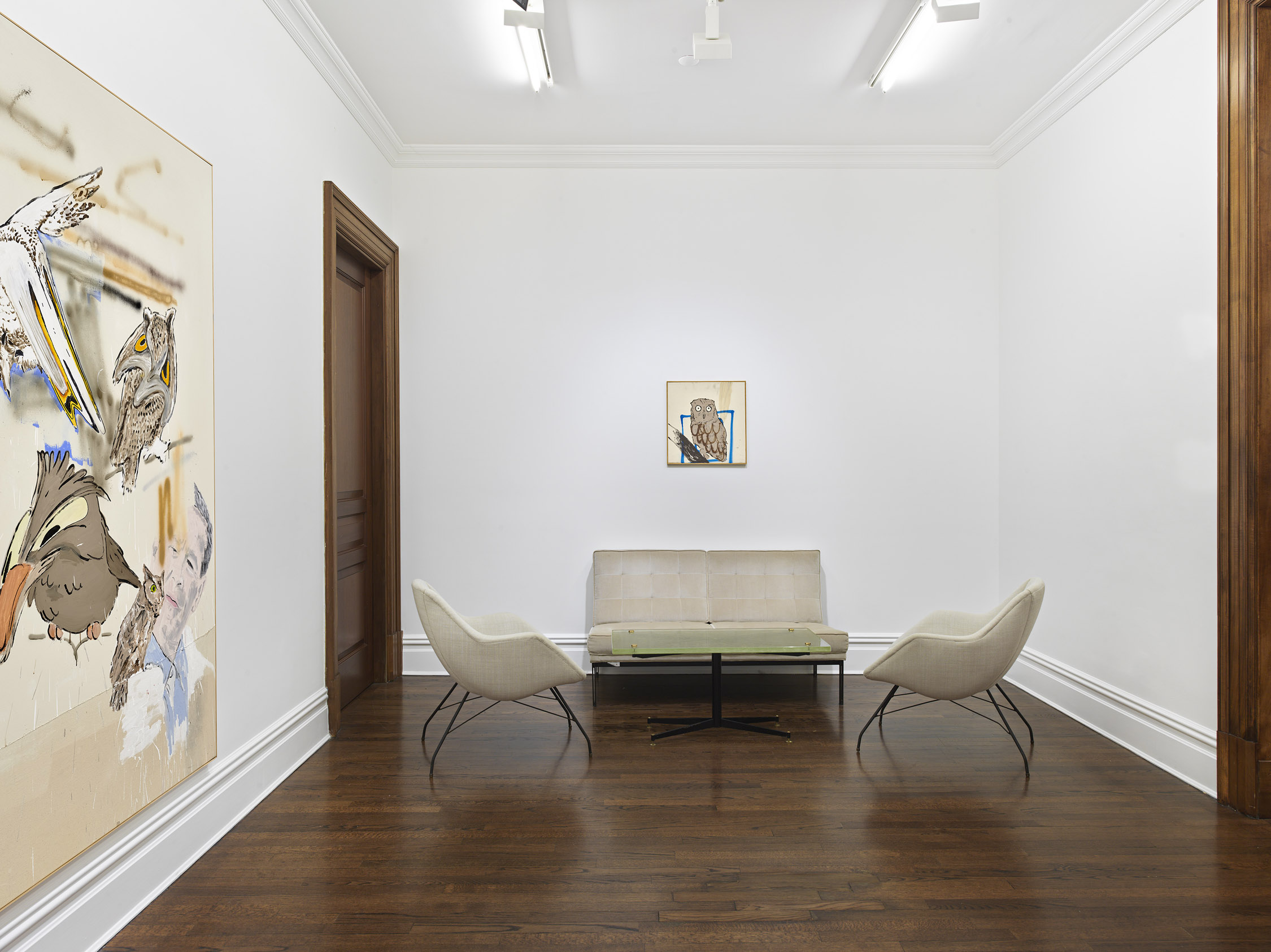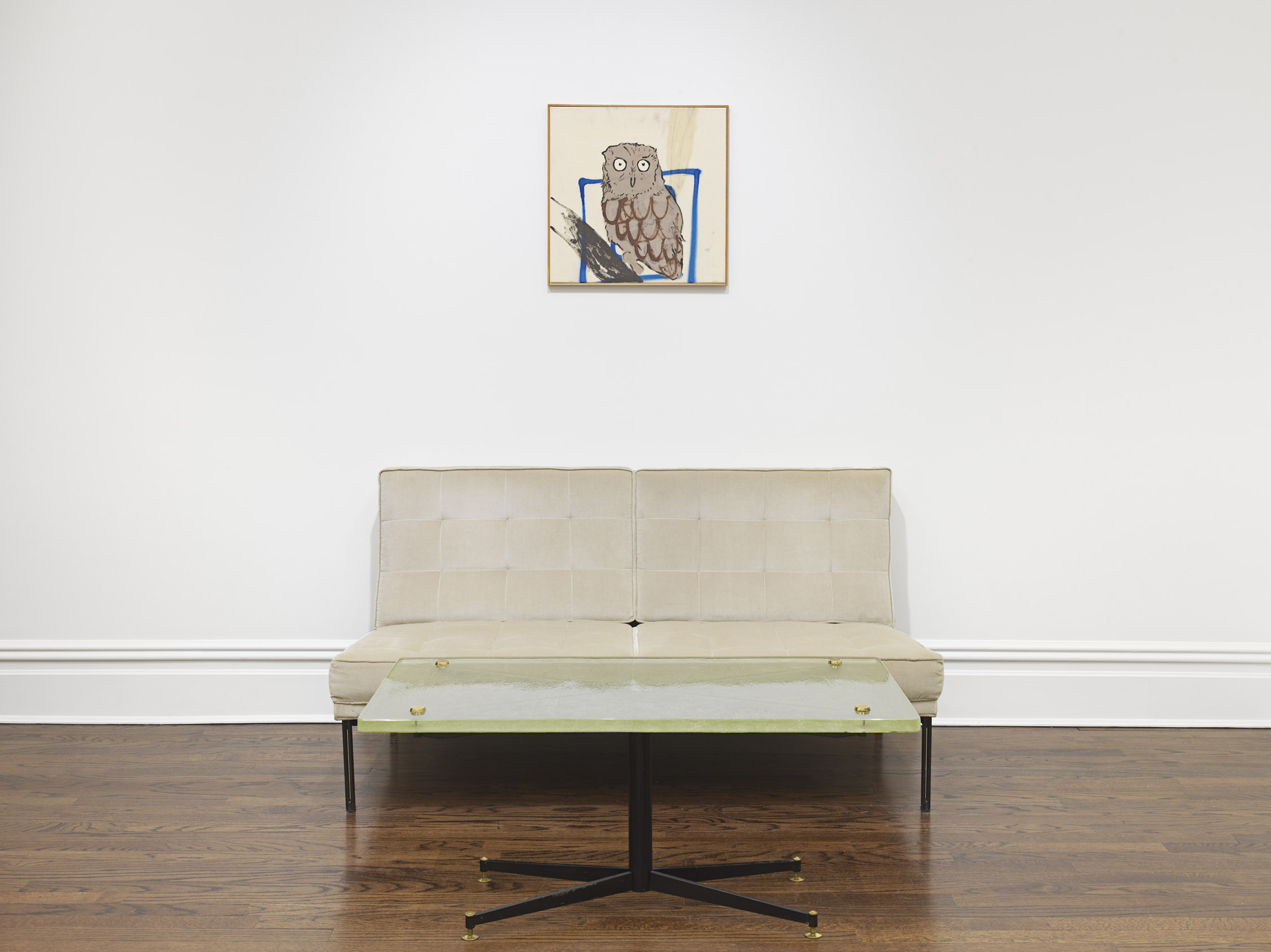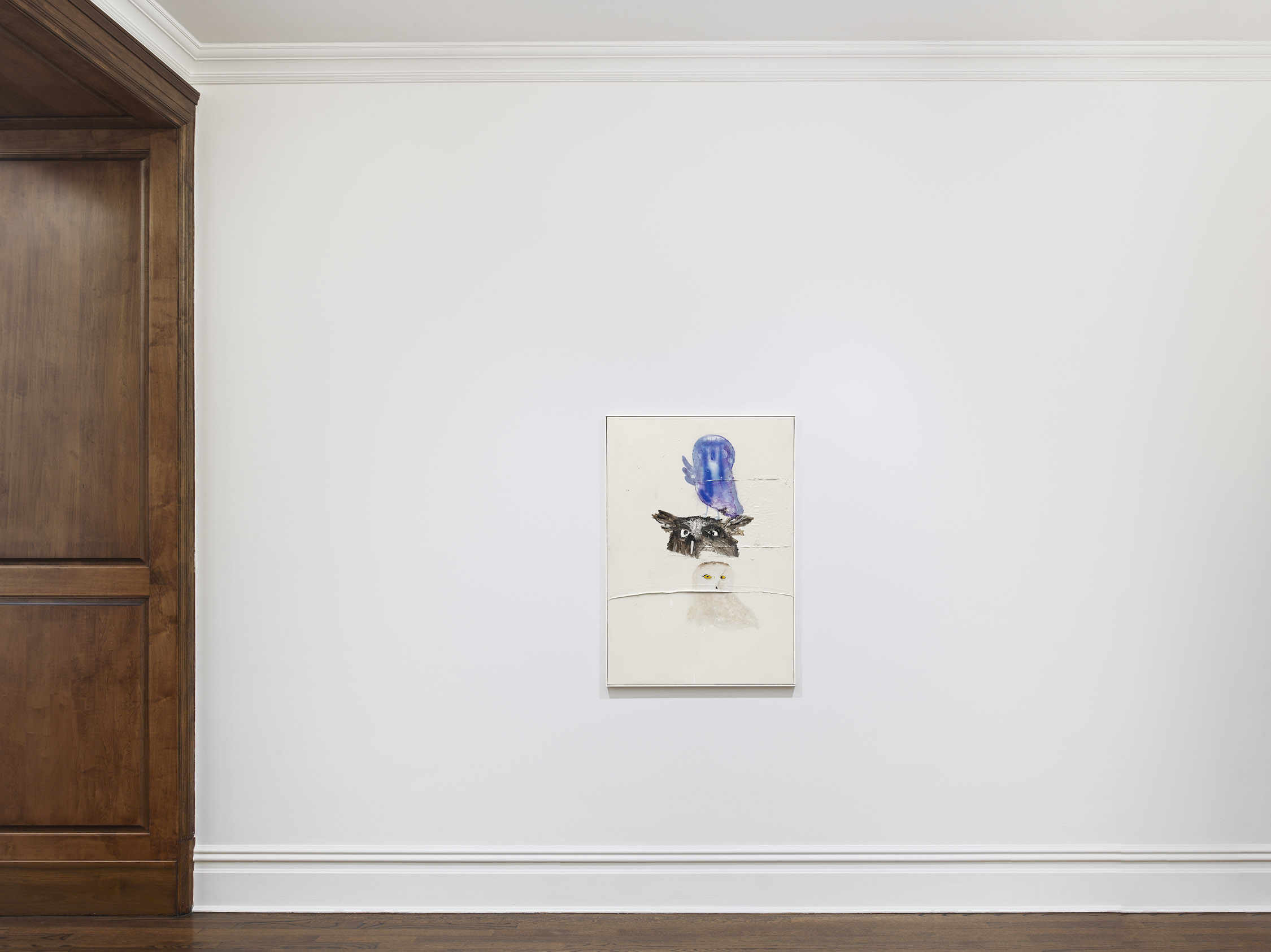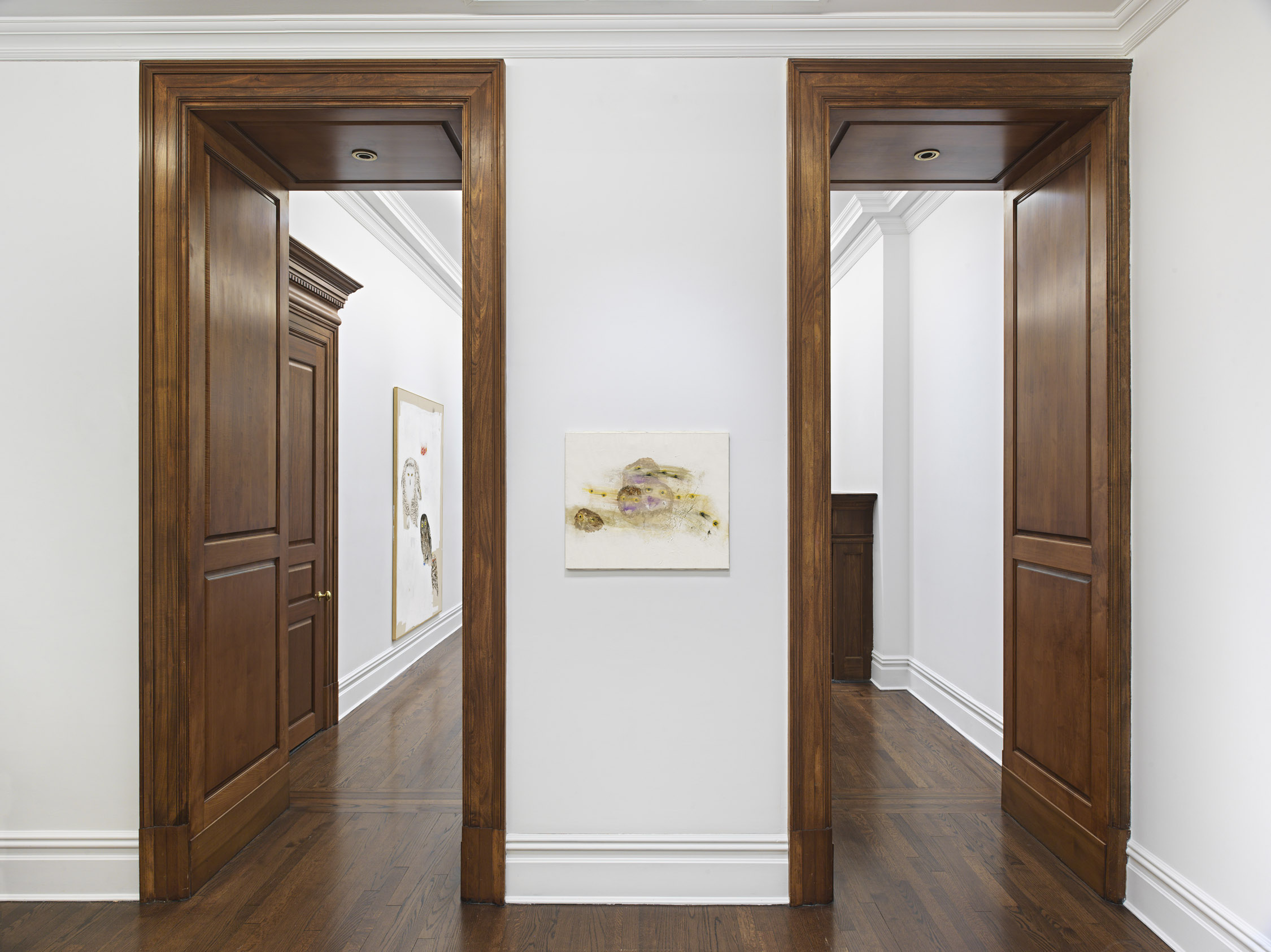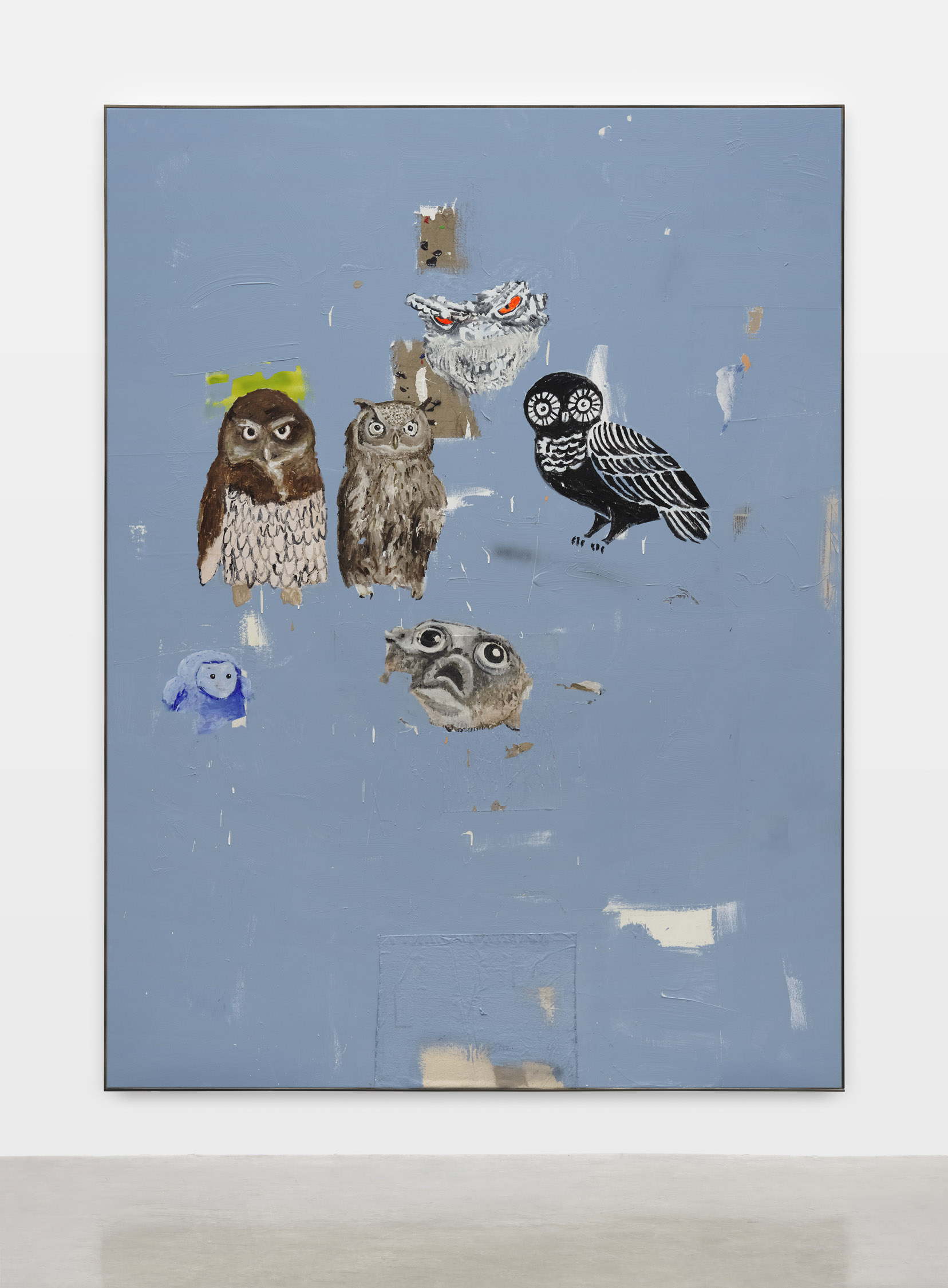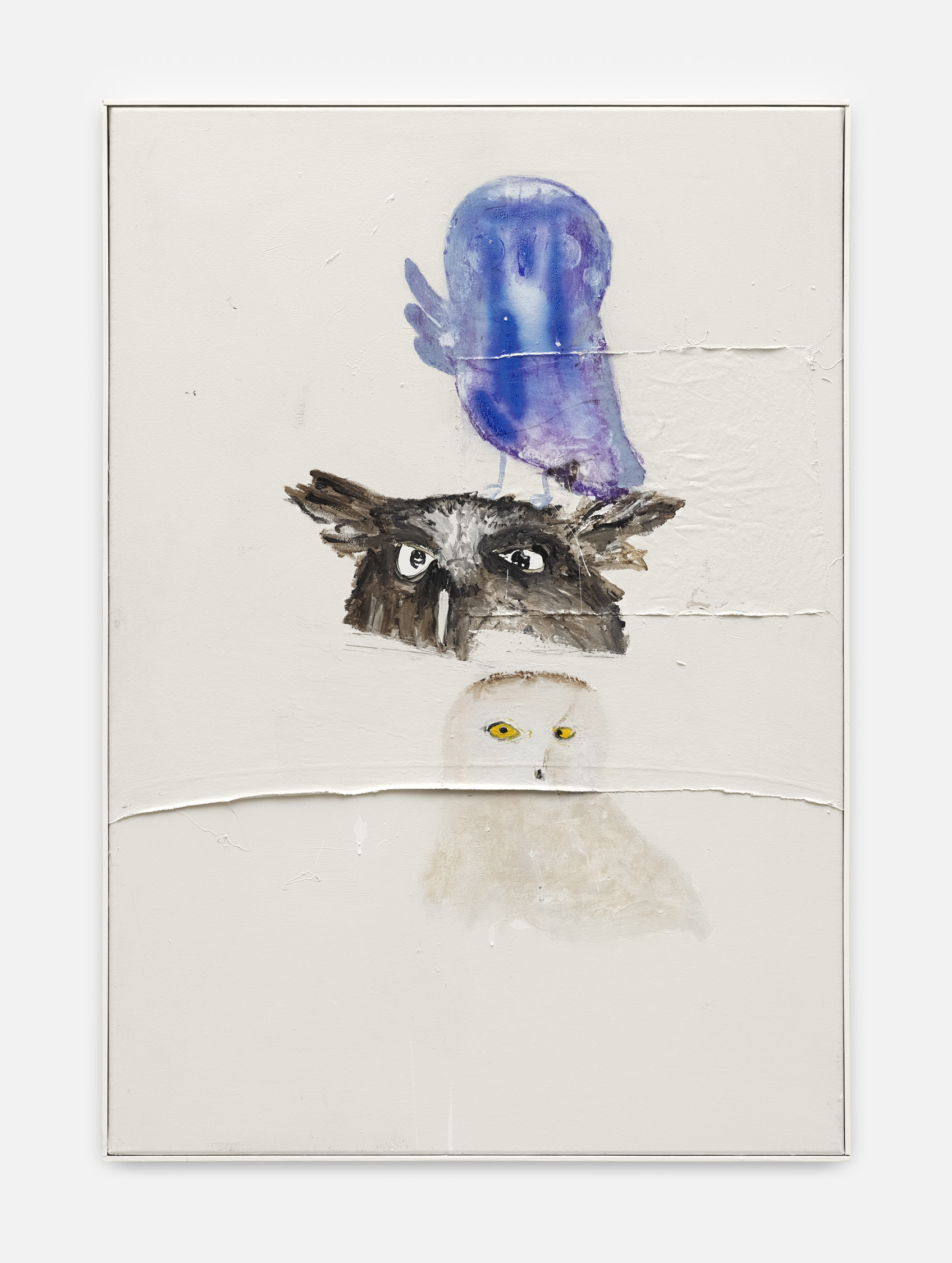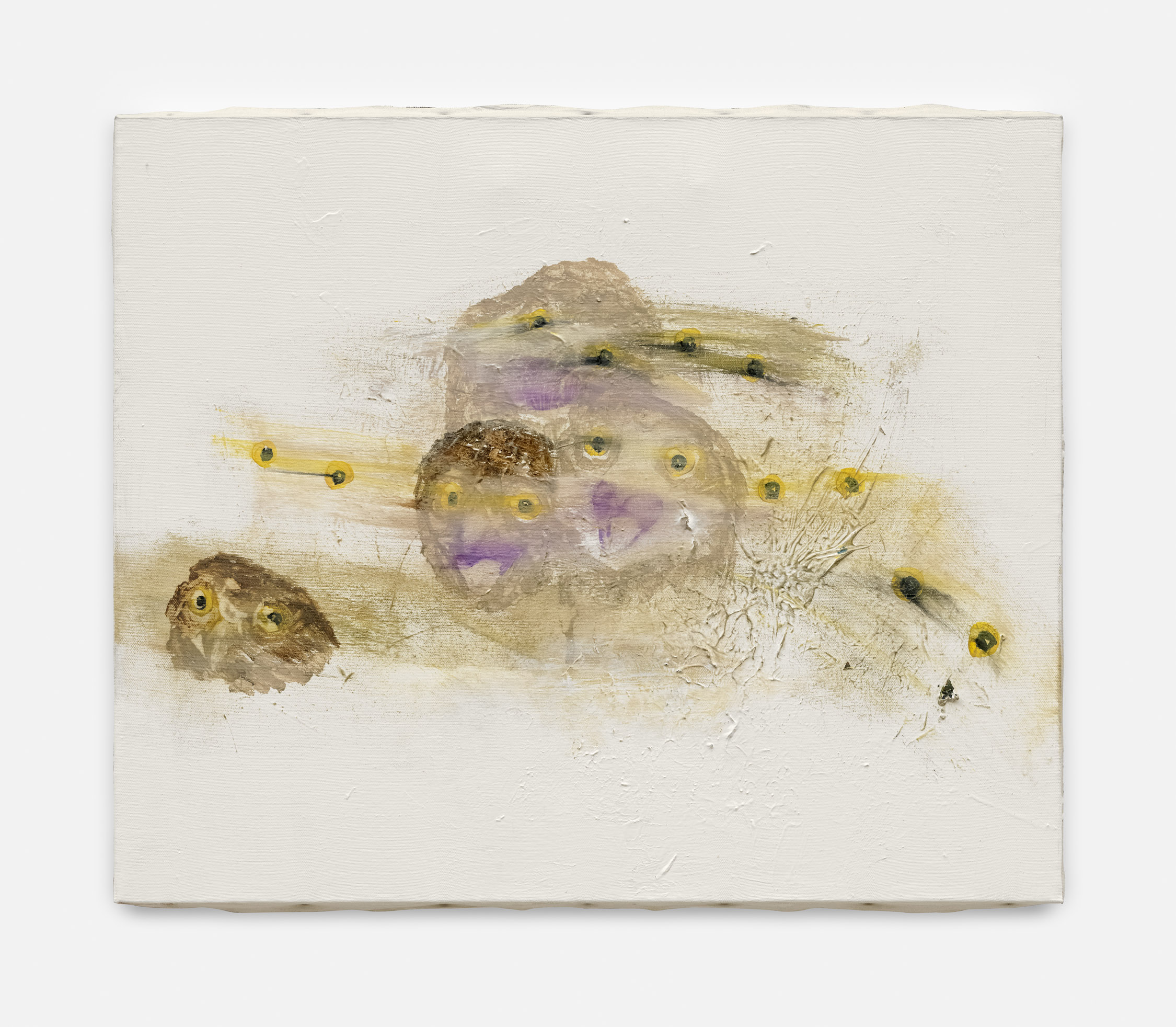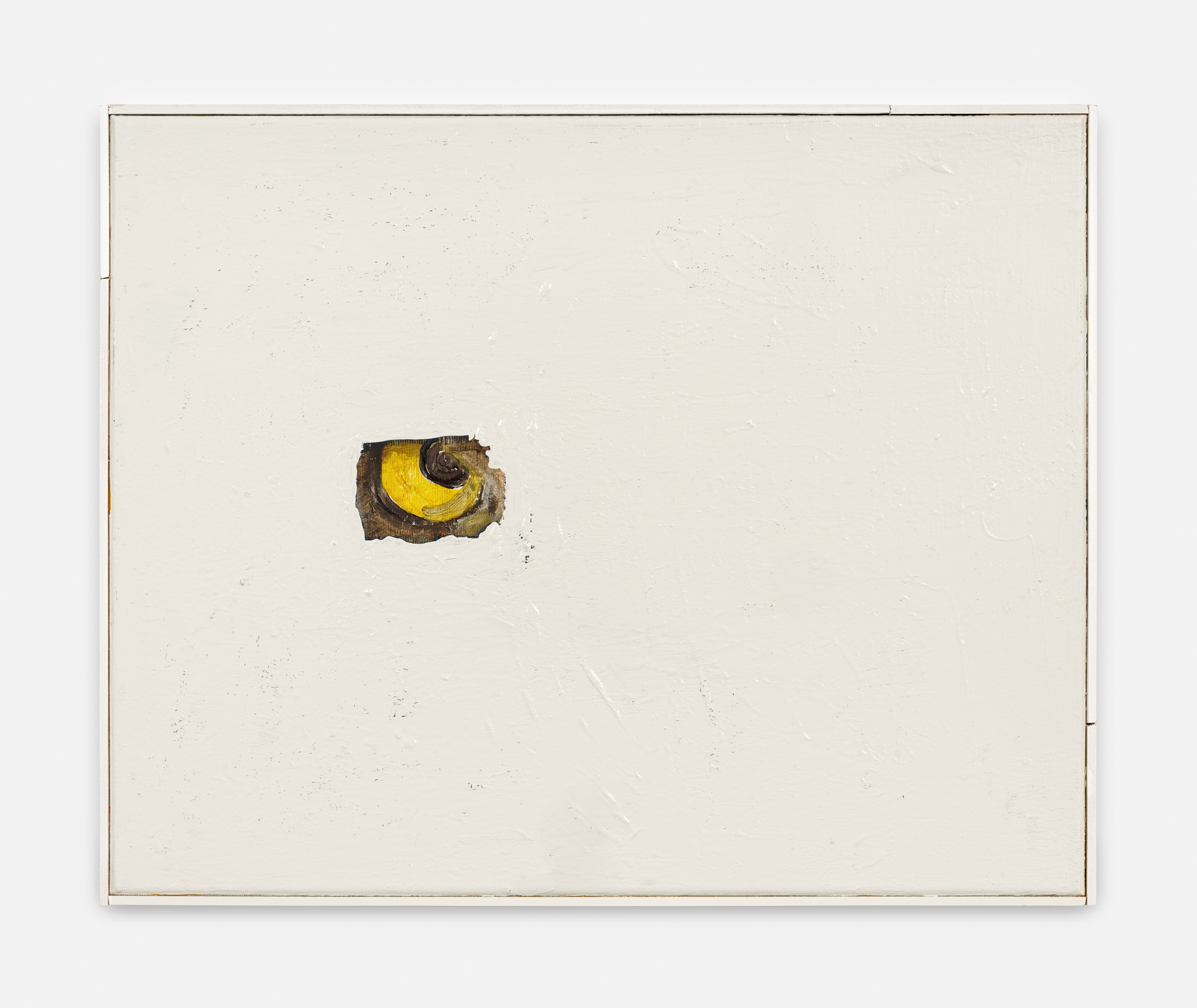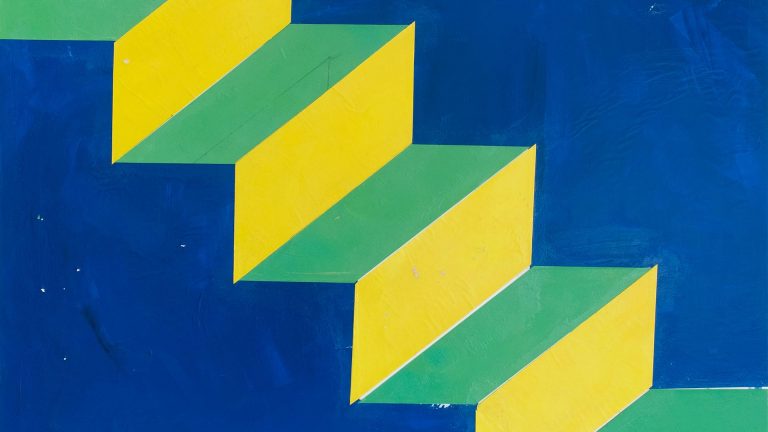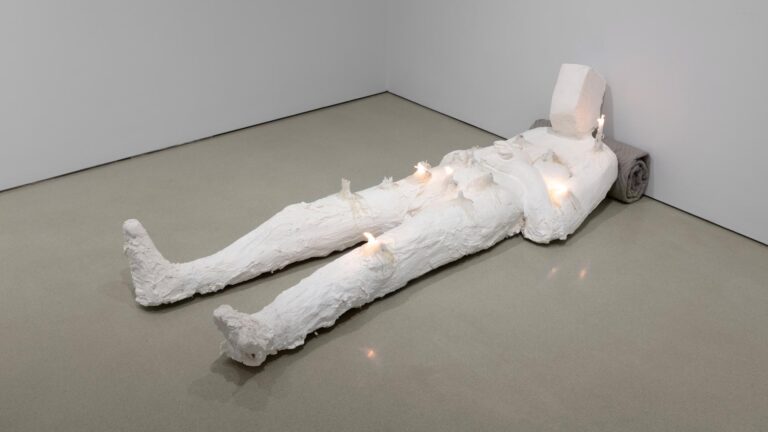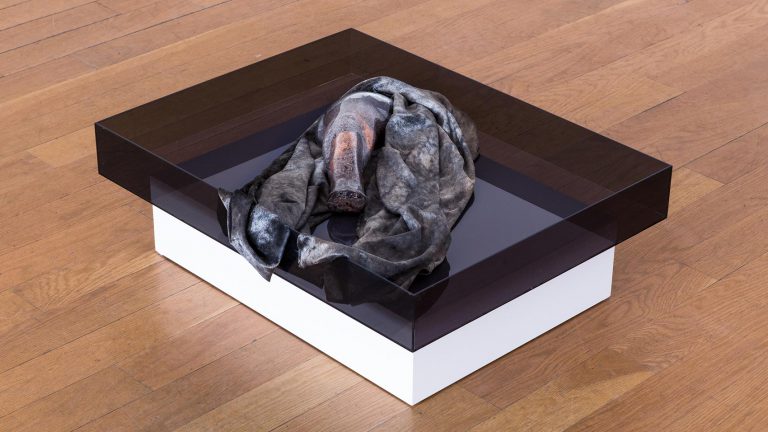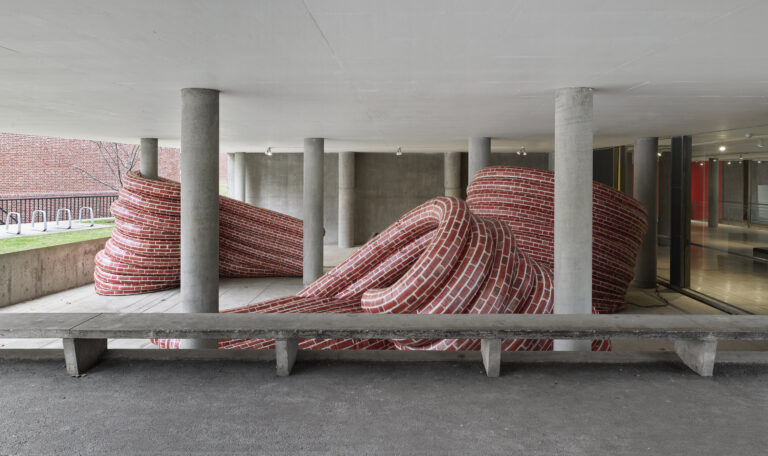Artist: David Ostrowski
Exhibition title: Parliament
Venue: Sprüth Magers, New York, US
Date: June 4 – July 26, 2024
Photography: Images copyright and courtesy of the artist and Sprüth Magers
In David Ostrowski’s paintings, minimal gestures create maximum tension. His spray-painted lines break apart monochromatic backgrounds, both emphasizing and negating the painting’s flatness. Surfaces often built from plain house paint reveal underlayers of studio detritus that complicate the presumed emptiness of his abstract compositions. Monika Sprüth and Philomene Magers are pleased to present Parliament, Ostrowski’s first exhibition at the New York gallery, which furthers the artist’s relentless questioning of the medium of painting and its constitutive elements via the recurring figure of the owl.
Ostrowski’s first owl paintings date back to 2009, but he did not exhibit them until 2019. Now, five years later, Parliament combines early examples with several new works of varying scales and dispositions. Among backdrops of off-white and dusky blue, one, two, three or many owls appear, rendered in an array of visual styles from realistic to painterly to pictographic to cartoonish. Because of Ostrowski’s deft play with layering, overpainting and placement, they seem variously to be affixed to the work like a collage, or to emerge from the background, always bringing attention back to the painting’s surface. Certain canvases contain only a fragment of the animal, where others are nearly filled with them.
Owls are creatures endowed by humans with a long list of spiritual and symbolic attributes; they are said to be wise, melancholic, mystical, ominous. Yet, though owls are undeniably figurative, Ostrowski approaches them like he does his abstractions: as pure shape and form that coalesce through line, gesture and color. By continuously repeating them, often in humorous positions and attitudes, Ostrowski demystifies the owls, as he noted in Mousse in 2019: “The symbolism of the bird of wisdom, the allegory of good and evil—I want to dismantle these things.” His repetitions likewise empty the figurative form of its meaning, calling into question how images are conceived and understood.
The ambiguity between figuration and abstraction unfolds further in the eyes of the owls, which in most cases peer outward, watching the viewer in the gallery just as they did Ostrowski in the studio. At first, it was unsettling for the artist to paint owls while simultaneously being observed by the very creatures he was painting. Motionless, their eyes look stunned, dumbstruck, void of life and pathos—not unlike those of humans in our media-saturated world, where we are also being watched. Their gazes even evoke fear and anger, reflecting the anxieties of today’s world. Amid this uneasiness, something is activated; Ostrowski’s owls offer a view onto something new, albeit unknown.
Ostrowski’s titles have always played an important role in his work, adding an additional charge of meaning to each canvas and questioning it at the same time. The paintings of Parliament continue this practice, creating tension between image and text through wordplay and allusion. Drawing on one meaning of “parliament,” some titles relate to government activities, such as Einkommensteuer (“income tax”) and Denkmalgeschützt (“designated a landmark”); others ironically reference art, including The Grid Method (a way of reproducing pictures square by square) and Early American Painting. Each confounds any easy interpretation of the owls and their manifold stares.
With this body of work, David Ostrowski demonstrates his unique role within the history of abstract painting, which pulls both from minimalist painting traditions of the 1960s and 1970s, as well as the late-twentieth-century urge to dismantle the medium’s heroism and beauty. The owls in the Parliament Paintings don’t work to destroy painting, but rather to tip it—and us, as viewers—off-balance, making the medium dynamic, poetic and strange.
David Ostrowski (*1981 in Cologne) lives and works in Cologne. From 2004–2009 he studied at the Düsseldorf Art Academy under Albert Oehlen. Ostrowski is a professor for painting at the Academy of Arts in Karlsruhe. Selected solo exhibitions include Fig., Tokyo and Ramiken, New York (both 2023), Sprüth Magers, Berlin (2021), Lady Helen, London (2020, with Angharad Williams) Avant-Garde Institute, Warsaw (2020, with Tobias Spichtig), Jir Sandel, Copenhagen and Leeahn Gallery, Seoul (both 2020), Sundogs, Paris and Piece Unique, Cologne (both 2019), Sprüth Magers, London and Wschód, Warsaw (both 2018); Halle 9 Kirowwerk, Leipzig and Blueproject Foundation, Barcelona (both 2017), Leopold Hoesch Museum, Düren (2016, with Michail Pirgelis), Arken Museum of Modern Art, Copenhagen and Kunstraum Innsbruck (both 2015), Rubell Family Collection, Miami and Fondazione Sandretto Re Rebaudengo, Turin (both 2014). Selected group exhibitions include Standard Oslo and Weiss Falk at XYZcollective, Tokyo (both 2023), Catherine Zeta, Cologne (2022), Akademie der Künste, Berlin and Fuhrwerkswaage, Cologne (both 2021), Triest, New York, Melange, Cologne and Pio Pico, Los Angeles (all 2020), Galerie Bernhard, Zurich, Karst, Plymouth, DuMont Kunsthalle, Cologne, and Braunsfelder, Cologne (all 2019), Aishti Foundation, Beirut (2018), plət, Amsterdam and Museum of Modern Art, Gunma (both 2017), Fondazione Carriero, Milan (2016), M Woods Museum, Beijing (2015), Halle für Kunst & Medien, Graz and Institute of Contemporary Arts, London (both 2014).
